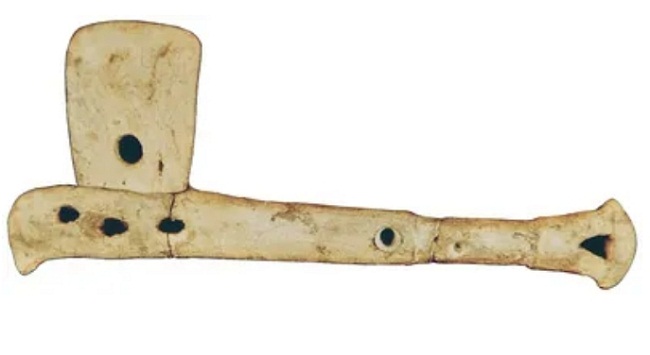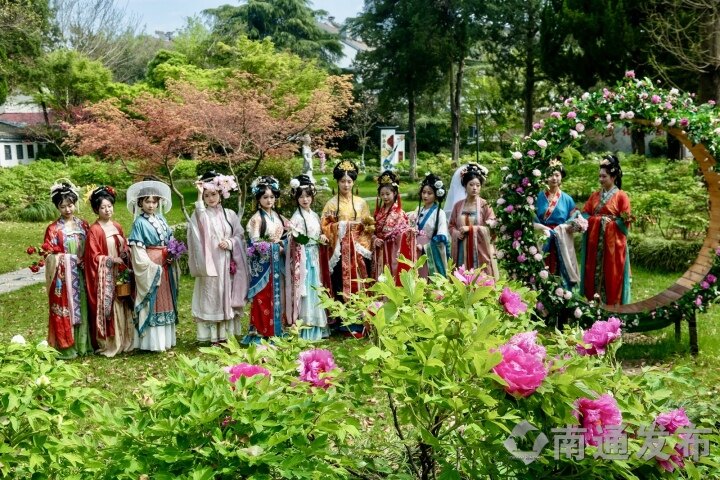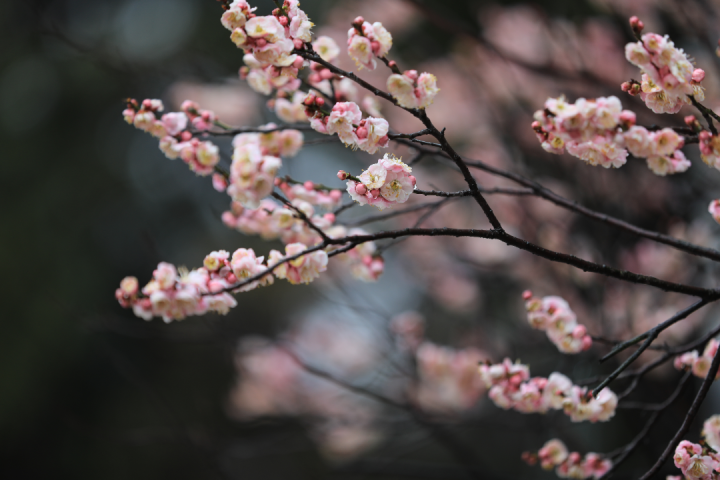From Qingdun Ruins to Jinghai Culture

Earthenware axe with handle unearthed at the Qingdun Ruins. [Photo provided Li Renxia for en.nantong.gov.cn]
The Neolithic Age Qingdun Ruins, unearthed in Hai'an, Nantong, have played a key role in bringing light to the Jianghai Culture, otherwise known as the Yangtze River and Huanghai Sea Culture.
Unearthed in 1973, experts from the Nantong Museum and Nanjing Museum carried out archaeological excavations three times from 1977 to 1979. The area excavated so far accounts for less than 1 percent of the total area of the site.
The earliest and most intact stilt-style architecture in the eastern part of the Jianghuai Plain was excavated at the Qingdun Ruins, where large amounts of cultural relics with high archaeological and scientific value have also been discovered.
The most renowned are the earthenware axe with handle and deer horn with Eight-Diagram patterns. The former has been classified as a first-class cultural relic in China while the latter has been recognized as one of the earliest relics featuring Eight Diagrams, a traditional Chinese philosophy which explains both natural and social phenomena.
In 2006, the Qingdun site was listed as a key cultural relic under national protection, and in 2019, the Hai'an authority established the Qingdun Ruins Museum to showcase its long history and profound culture via relics unearthed at the Qingdun site.





 TRANSPORTATION
TRANSPORTATION EDUCATION
EDUCATION HEALTHCARE
HEALTHCARE USEFUL NUMBERS
USEFUL NUMBERS